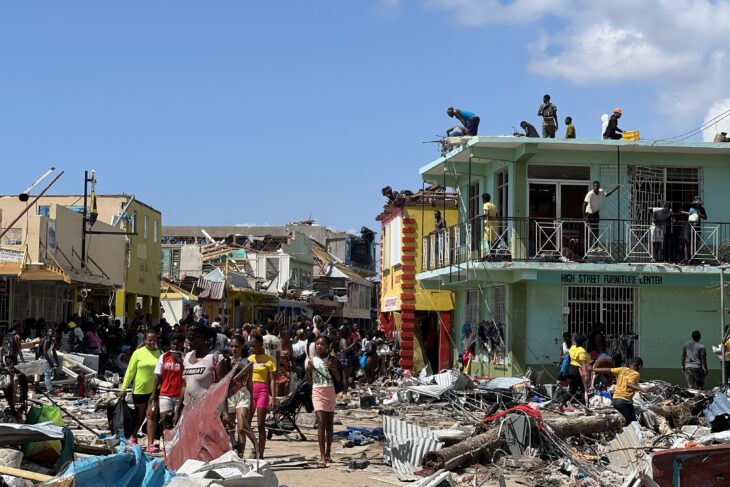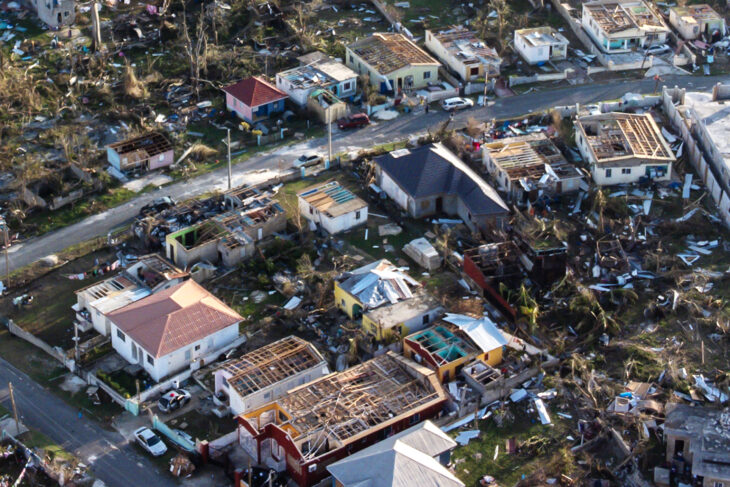By Erica Hamilton
In the middle of all the controversy about the approved captive dolphin facility in Discovery Bay, I read a comment by a member of our Facebook Group “Save Discovery Bay”, and I quote with her permission: “As a ‘tourist’, but also a business owner in Runaway Bay, I’m a member of several resort sites on FB and Trip Advisor forums. There isn’t a day [that] goes by when an upcoming tourist/visitor doesn’t post asking where they can get the best price for visiting Dolphin Cove. These are parents and grandparents”.
Another member commented that Dolphin Cove is the second biggest attraction in Jamaica,
It really got me thinking: Why do so many people want to go there?
Many reasons, I suppose. Marine mammals in their own environment, which is alien to us, fascinate. Some are elusive; one doesn’t often see too many seals, sea lions, walruses, narwhals (those astonishing unicorns of the northern ocean), elephant seals, manatees, dugongs, and so on. But nearly all of us have seen dolphins frolicking offshore, or riding the bow wave of a boat or canoe, or leaping wakes and waves.
They are inquisitive, seem approachable; the legend of their altruism, of saving human lives, leading ships to safety makes them seem like our friends, so we want to take another look, want to interact with them as we do with fellow human beings. The benign physiognomy of that fixed “smile” makes them seem friendly.
It all started with the first episode of Flipper, on September 19, 1964, and has grown ever since. Right now in China, exponentially, marine parks and aquariums are opening monthly, with more than 36 large-scale projects set to launch in the coming two years. In fact, Chinese money is behind a new venture in Hawaii. China Oceanwide Holdings, headed by one of China’s richest individuals, has closed on the US$280 million purchase of 26 acres of land at Ko Olina’s Hona Lagoon 2, to include an extensive dolphinarium. This saddened me as Hawaii had refused licences for several facilities and I listed them as one of the four US states that did not tolerate captive dolphins. But they do. Dolphin Quest is on the Big Island. Hilton Waikoloa Village on the Kohala Coast of the Big Island.
Hawaii’s Bill SB No. 3055, enacted on January 24th, 2018 states: “The purpose of this Act is to prohibit the department of agriculture from issuing permits for the interstate, intrastate, and inter-facility transfer of captive cetaceans solely for breeding or entertainment purposes.”
So I suppose they are all “educational” and existing facilities are “grandfathered”. I have been researching our own laws for another article I tried to write, and it is clear that there are many loopholes and when an Act is proposed that has muscle, it is simply not passed by the House.
Boy oh boy, do these facilities earn money! Dolphin Quest lists its ticket prices thus: the cheapest interaction is for “wee tots”, aged 2-4, with an adult, for 10 minutes, at US$125. The prices go right on up to “An Encounter Deluxe” for 5 year-olds to adults, no more than 6 people, for 45 minutes, for US$1,475.
Our own Dolphin Cove is listed on the Jamaica Stock Exchange, so its Annual Report is a public document: “Dolphin Cove Limited, now a subsidiary of World of Dolphins Inc — itself a subsidiary of Dolphin Discovery Group of Mexico — reported profit attributable to stockholders at year end 2015 of $406.25 million, 7.6 per cent down on the $439.73 million earned in 2014”. Reported in United States dollars.
One wonders how much of the retained profit even remains in Jamaica when the majority of the venture is owned by Controlodora, Dolphin, S.A de C.V., a private company founded in 1990 and based in Cancun, Mexico. The chairman’s statement goes on to say “The opportunity to establish a dolphin habitat at the refurbished Puerto Seco Beach in Discovery Bay is being pursued and we expect that by the latter part of 2018 that facility should be in operation as a profit centre”. Pretty confident, before an application to NEPA was even made.
I am not sure I can even think of another venture that could earn that sort of money with so low an infrastructure and carrying cost – some floats, some wire and a couple of trainer/handlers, a shared vet, and some frozen fish.
My logical conclusion is that with such huge sums of money at their disposal, owners and operators can afford to promote , promote, promote, and they do. They target cruise ship companies and their passengers, users of the Internet — their ads pop up on my screen wherever on the web I go. They influence perceptions. Governments like extra visitors, never mind that a study carried out when I was chairman of the Jamaica Women’s League, albeit a long time ago, showed an average cruise ship passenger’s spend in Jamaica at US$3.00. Not any more, with today’s dolphin visits, but how much of that winds up with our artisans, or in our economy?
They tell the gullible that visiting captive dolphins is educational, that it is conservancy, it is eco-tourism and targets lap it up and feel even better about their visits. They offer “adopt a dolphin” programmes, to “protect” dolphins. They offer free, special school trips to demonstrate that the experience is open to all. Actually it isn’t. The average Jamaican will never visit a dolphinarium, it is, simply, beyond their means. And the better educated, the more aware, probably better-off citizens of our world do not go.
“Do the best you can until you know better. Then, when you know better, do better” — Maya Angelou.
I have nothing against making money, some of my friends are wealthy and I would enjoy being wealthy myself — wouldn’t we all? And really, hard work and initiative should be commensurately rewarded. But there are good ways and bad ways, and making money from an animal’s dreadful suffering is reprehensible.
And placing dolphins in the sheltered, still, lagoon of Discovery Bay, a marine and fish sanctuary, against ALL scientific opinion and with clear evidence of probable degradation, is indefensible.



